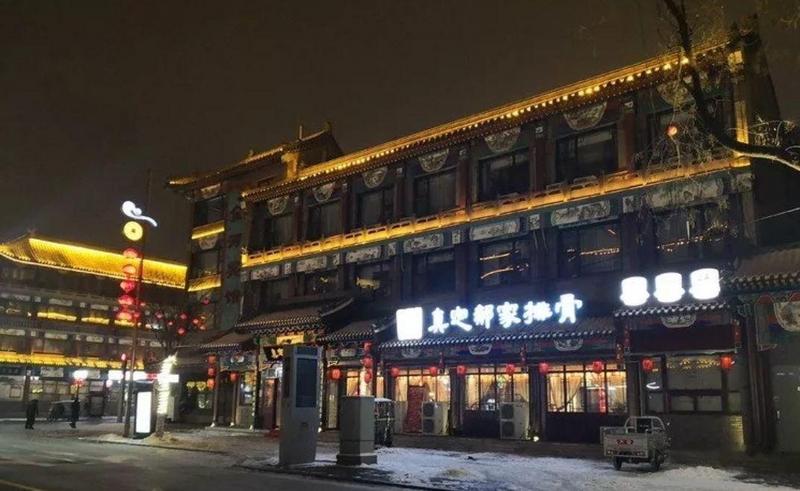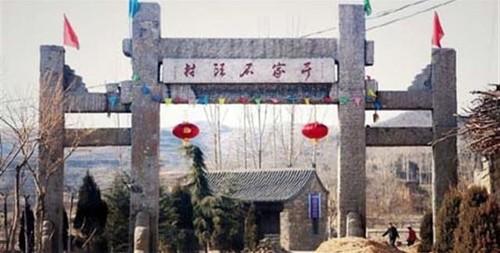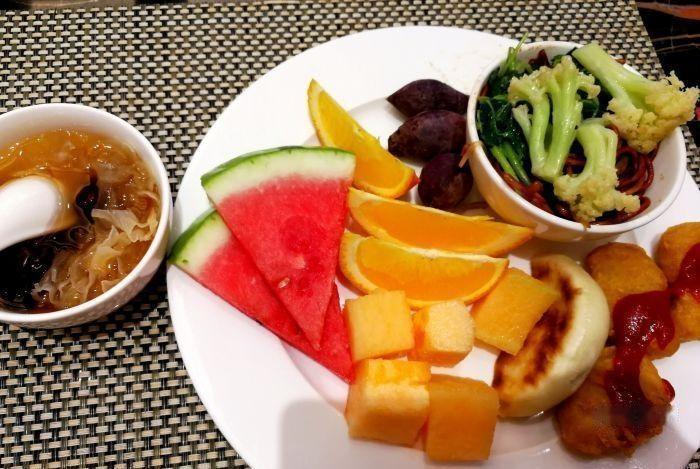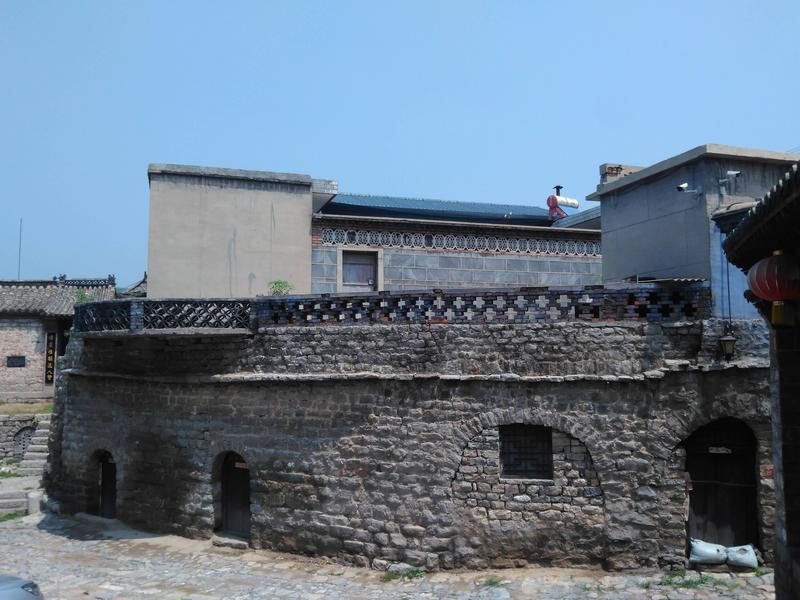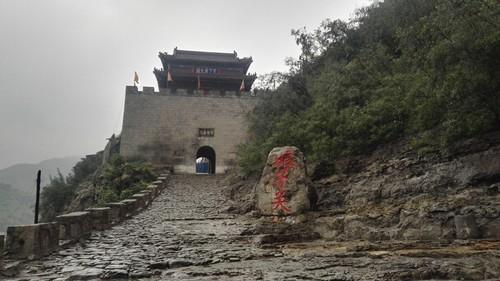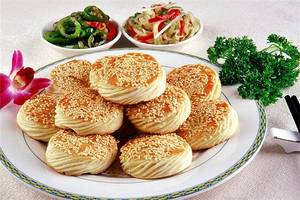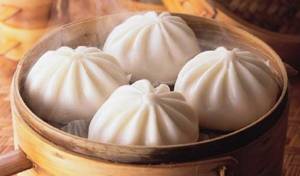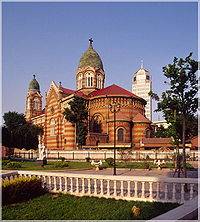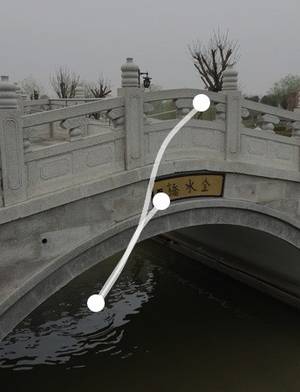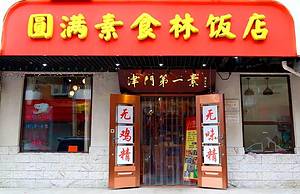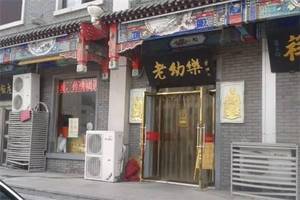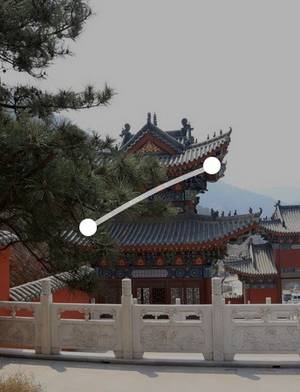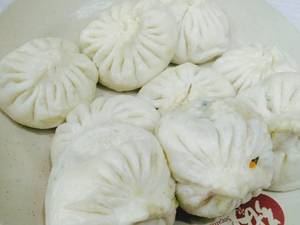Visit Yu Family Stone Village
3 cities |
8 attraction(s) |
total distance 442
km
 TIPS
TIPS
Day1
Day2
Day1: TIANJIN > Shijiazhuang
5 attraction(s) ·
389 km
2
Haojia pork ribs, made with fresh pork ribs, various natural Chinese herbs and special cooking techniques, have a unique flavor and smooth texture, making them a delicious delicacy that people can't forget. When you come to Zhengding, you must try Haojia pork ribs. It is a popular restaurant with many customers, and parking spaces are hard to find, so parking on the roadside is fine. The storefront is a bit old, but the environment is great. The pork is tender and flavorful, and there's a lot of meat. The service is good and the dishes are served quickly. Highly recommended! Recommended dishes: small ribs, eight big bowls, jujube corn pancakes...
6
km
3
The temple was built during the Tang Dynasty Zhenyuan era (785-804 AD), but the construction of the tower was delayed until the Jin Dynasty. The upper half of the tower is decorated with various complex floral patterns, resembling a huge bouquet. It is one of the few existing Chinese towers with the most unique and exquisite decorations.
66
km
4
Stone Village, originally named "Yu Family Village", is commonly known as Stone Village due to the abundance of stones. According to legend, the villagers of Yu Family Village are descendants of the Ming Dynasty official Yu Qian. After Yu Qian was wrongfully killed, his relatives fled to this place and lived in seclusion in the deep mountains. As a result, the ancient village remains intact, with well-preserved Ming and Qing Dynasty architecture. Most of the houses follow the ancient Ming and Qing architectural style, but each has its own unique features. Every household in the village has trees such as pomegranates planted in their courtyards, as well as a variety of peculiar stones. The most representative one is a stone courtyard built during the Tianqi period of the Ming Dynasty. This courtyard covers an area of 2 acres and has over 100 rooms, presenting a magnificent sight. Stone Village is located deep in the mountains of Jingxing, 15 kilometers away from Jingxing. The village is known for its various stone buildings. The whole village has more than 4,000 stone houses, over 3,700 meters of stone-paved streets, more than 200 stone tablets, and over 1,000 stone wells, kilns, and ponds. Stone houses, stone courtyards, stone towers, stone mills, stone tables and stools, stone bridges, and stone railings can be seen everywhere, which is remarkable.
20
km
5
Day2: Shijiazhuang > Yangquan > Shijiazhuang
3 attraction(s) ·
53 km
1
Xiaolongwo Village's buildings have obvious characteristics of Shanxi folk houses, and they are relatively well-preserved. In 2008, it was designated as the second batch of historical and cultural villages in Hebei Province, and in 2012, it was selected as the first batch of traditional Chinese villages. The village is surrounded by verdant mountains, shaded by trees, and water channels surround three sides, with the postal road passing through the village. The village's layout is harmonious and elegant, with buildings intertwined with the mountains. Stone buildings, kilns, roads, and lanes, ancient wells, trees, mills, and grinding stones together create the unique ancient village style and environmental landscape that is neither humble nor ostentatious, nor crude nor extravagant.
19
km
3
This is an old shop, authentic home-cooked dishes, clean and hygienic, generous portions, decent taste. The shop is small but crowded; the portions are large and the food smells delicious, maybe because I'm tired.

